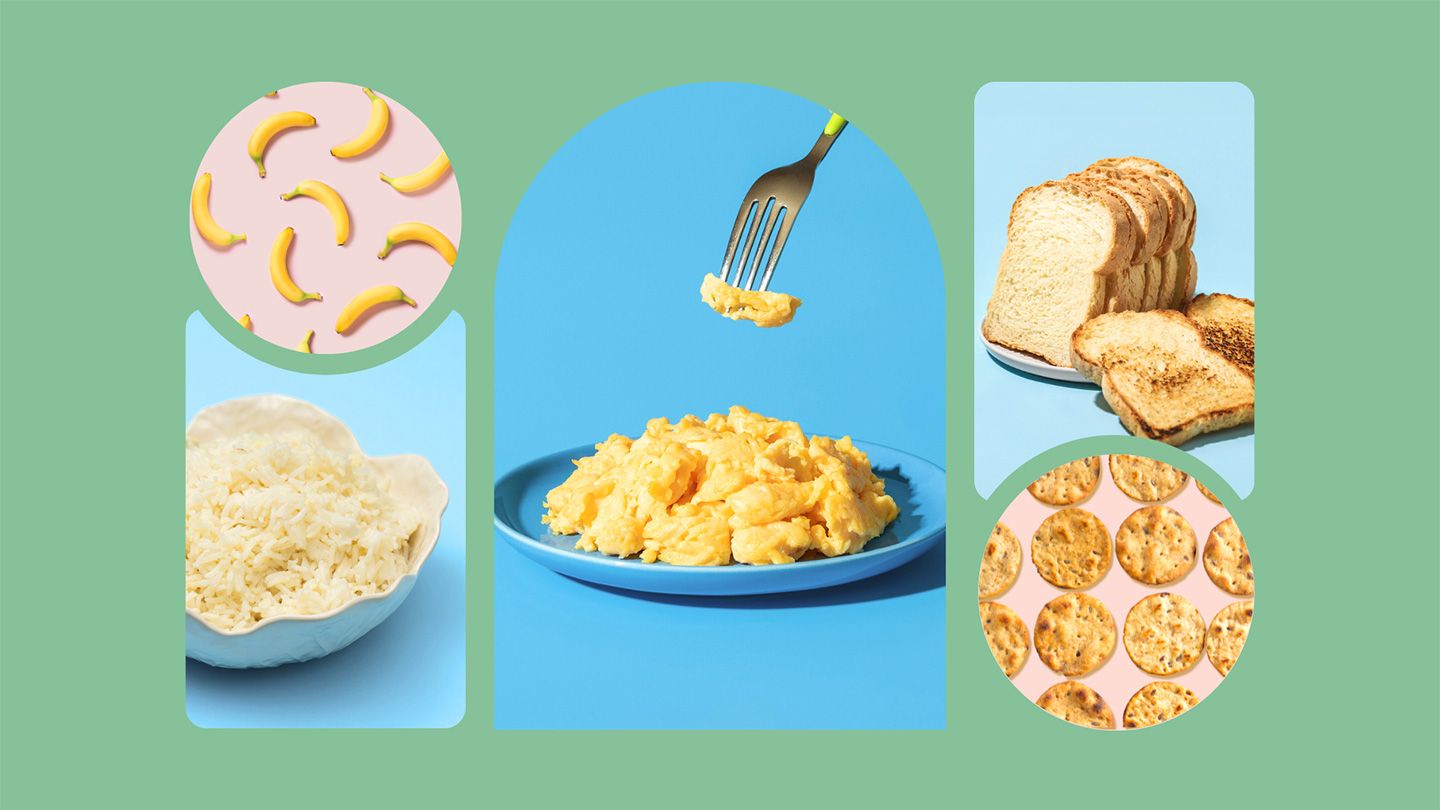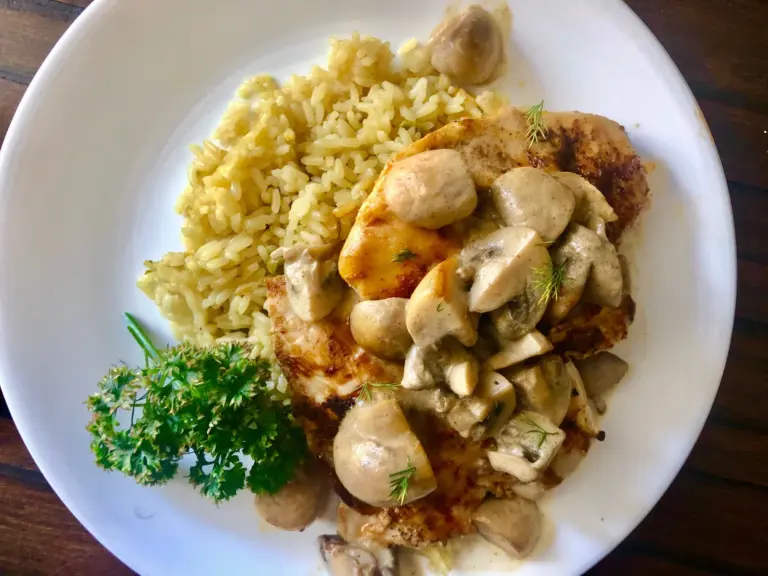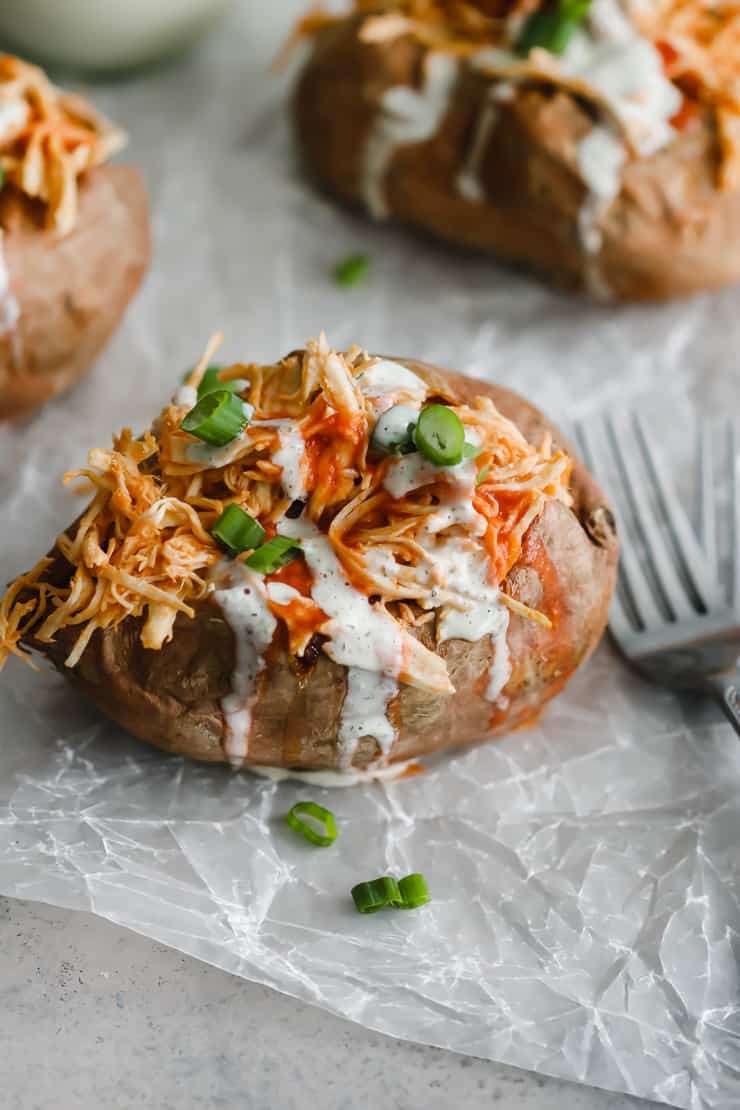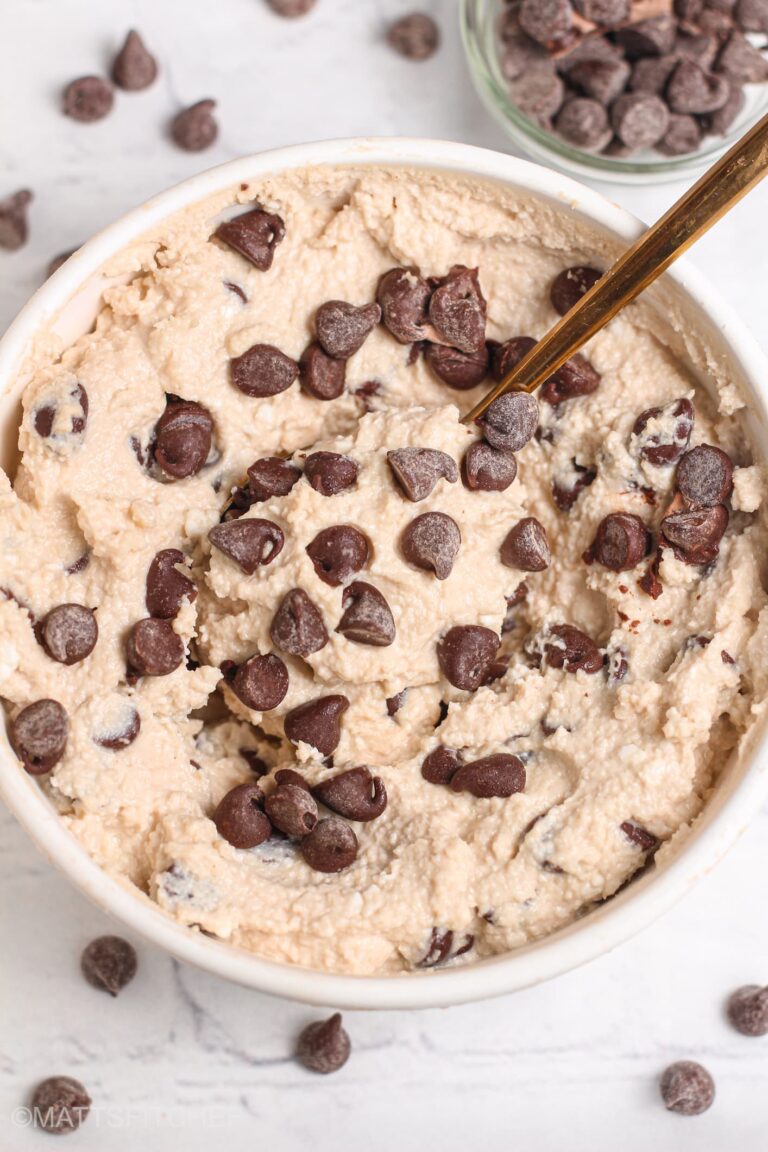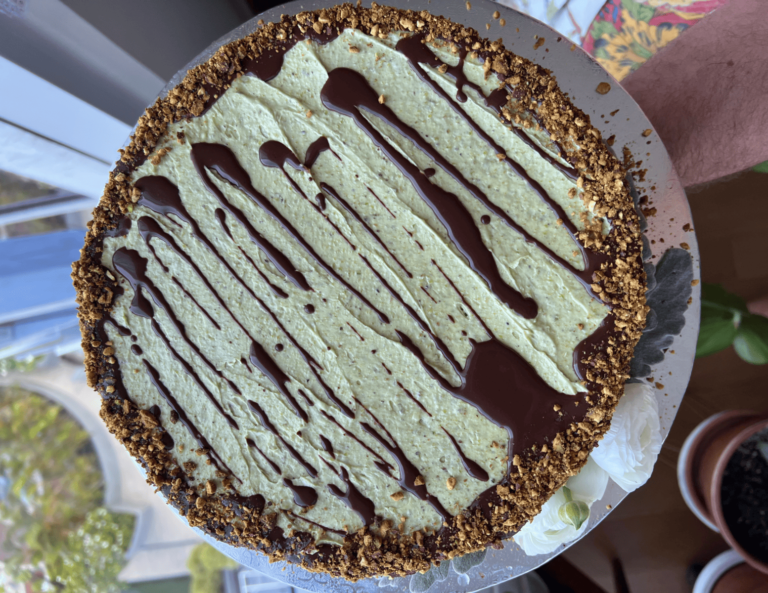Foods to Eat After a Colonoscopy: A Day-by-Day Guide
This guide provides a practical, day-by-day meal plan for recovering comfortably after a colonoscopy. Drawing from personal experience as a chef, this plan focuses on gentle, easy-to-digest foods to help reduce side effects like bloating and diarrhea, promoting a speedy recovery with minimal discomfort.
Foods to Eat After a Colonoscopy: A Day-by-Day Guide
4
servings20
minutes30
minutesIngredients
Day 1: Clear Liquids
Water (8 ounces per hour)
Clear broth (chicken or vegetable)
Apple juice
Herbal tea (chamomile recommended)
Popsicles (fruit-flavored, no dairy)
Day 2: Soft Solids
2 eggs (for scrambled eggs)
1 tbsp milk (for scrambled eggs)
1 tsp butter (for scrambled eggs)
1 banana (mashed)
1/2 cup white rice
1/2 cup mashed potatoes
1/2 cup steamed carrots or green beans
Salt and pepper to taste
Day 3 and Beyond
1 lb boneless, skinless chicken breast
4 cups chicken broth
2 carrots, chopped
2 celery stalks, chopped
1 onion, diced
Baked salmon (optional)
Cooked fruits (e.g., applesauce)
Salt and pepper to taste
Directions
- Day 1: Clear Liquids
- Sip 8 ounces of water per hour to stay hydrated.
- Heat clear broth and drink slowly for savory comfort.
- Enjoy apple juice or chamomile tea for gentle rehydration.
- Consume fruit-flavored popsicles as a cooling treat.
- Rest and avoid solid foods until the next day.
- Day 2: Soft Solids
- Breakfast: Whisk 1 egg with 1 tbsp milk, salt, and pepper. Melt 1 tsp butter in a nonstick pan over low heat, add egg mixture, and gently stir until softly set. Serve with 1/2 mashed banana and chamomile tea.
- Snack: Prepare 1/2 cup mashed potatoes and season lightly.
- Lunch: Cook 1/2 cup white rice and 1/4 cup steamed carrots. Combine and serve warm.
- Snack: Enjoy 1 fruit-flavored popsicle.
- Dinner: Prepare 1 scrambled egg (as above) and 1/2 cup steamed green beans. Pair with herbal tea.
- Day 3 and Beyond: Gradual Return to Normal
- Comforting Chicken Soup:
- Bring 4 cups chicken broth to a boil in a large pot.
- Add 1 lb chicken breast, cover, and simmer for 15 minutes.
- Remove chicken, shred with forks, and set aside.
- Add 2 chopped carrots, 2 chopped celery stalks, and 1 diced onion to broth. Simmer 10 minutes.
- Return shredded chicken to pot, season with salt and pepper, and simmer 5 more minutes.
- Introduce baked salmon or cooked fruits like applesauce as tolerated.
- Continue to listen to your body and avoid heavy or spicy foods.
Serving Suggestions
On Day 1, focus on sipping clear liquids throughout the day to rehydrate gently. On Day 2, pair soft solids like scrambled eggs with mashed bananas for a nutrient-rich, easy-to-digest meal. By Day 3, the chicken soup serves as a hearty yet gentle main dish, complemented by steamed vegetables or cooked fruits. For variety, serve with a side of mashed potatoes or white rice to maintain a balanced, soothing diet.
Why This Post-Colonoscopy Diet?
This structured meal plan supports your colon’s recovery by prioritizing hydration and gentle foods. Clear liquids on Day 1 rehydrate and ease your digestive system back into function. Soft solids on Day 2 provide essential nutrients without overwhelming your colon. By Day 3, nutrient-dense options like chicken soup help restore strength while keeping digestion comfortable. This approach minimizes bloating, cramping, and diarrhea, ensuring a smoother recovery.
Tips for Success
- Stay Hydrated: Drink at least 8 ounces of fluid per hour on Day 1 to prevent dehydration.
- Cook Vegetables Thoroughly: Steam carrots and green beans until very soft to avoid digestive strain.
- Avoid Irritants: Steer clear of spicy, fatty, fried, high-fiber foods, nuts, seeds, popcorn, alcohol, and caffeine for at least 3 days.
- Introduce Probiotics Gradually: After Day 2, consider yogurt or kefir to support gut bacteria, but consult your doctor first.
- Monitor Symptoms: Mild bloating or cramping is normal for 1-3 days. Contact your doctor if symptoms persist beyond 3 days or worsen.
- Engage in Light Activity: Gentle walking can stimulate digestion without overexertion.
